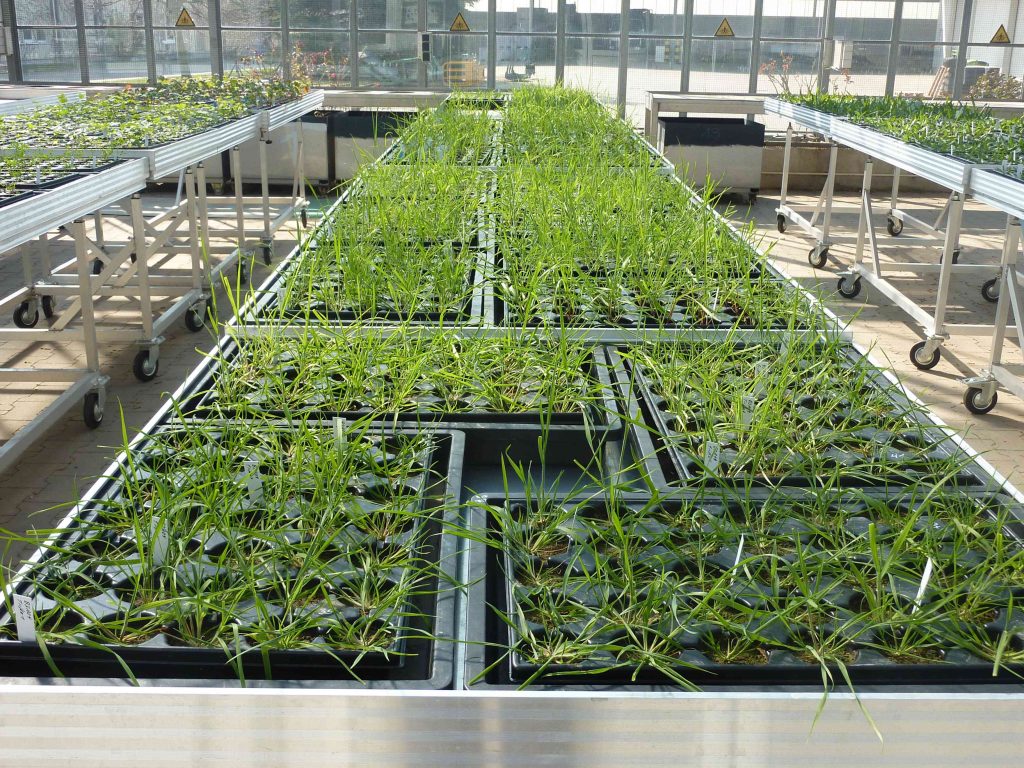Trait evolution
Plant trait variation and evolution in the biodiversity-ecosystem functioning context
Principle Investigators: Dr. Christiane Roscher, Leipzig; Dr. Walter Durka, Halle; Prof. Dr. Markus Fischer, Bern

Leipzig
Principle Investigator
+49 341 9733 212

Halle
Principle Investigator
+49 345 5585 314

Bern
Principle Investigator
+41 31 631 49 43

PhD student
The role of evolutionary processes for plant species responses to plant community diversity, plant history and soil history is discussed as a possible mechanism explaining the maintenance of biodiversity and the strengthening of biodiversity effects on ecosystem functioning over time. In this subproject we focus on evolutionary responses of plant species, which should be measurable in the phenotype and at the molecular level to pursue the following objectives:

(March 2020)
(1) We will test if phenotypic responses are heritable and adaptive to local plant community diversity, plant and soil history, or if they reflect adaptive phenotypic plasticity due to differences in the actual growth environment.
(2) We will analyze how within-species variation in phenotypic trait expression is related to genetic and epigenetic differences.
(3) We will assess whether epigenetic variation is mainly under genetic control or to what extent patterns of epigenetic differentiation are reversible under different environmental conditions or result from heritable epigenetic differentiation.

(July 2020)
First, we chose eight plant species to conduct a phytometer experiment with offspring of seed families collected in the 17-year old plant communities to test for adaptive phenotypic responses. Second, we use genotypes of the model species Plantago lanceolata with a selection history in low- and high-diversity communities as phytometers in the Ecotron Experiment to test if genotypes show adaptive phenotypic plasticity and epigenetic variation in response to the actual environment. Third, we quantify evolutionary changes in response to plant diversity at the genetic, epigenetic and phenotypic level using the apomictic model species Taraxacum officinale in a common garden.
